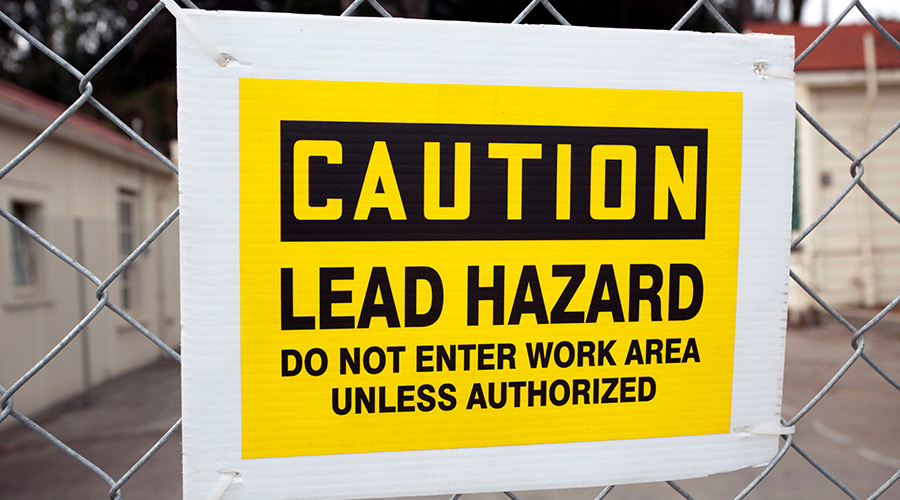The Benefits of Maintenance Planning and Scheduling
All of the major components of a well-managed maintenance department include, several parts. However, maintenance, planning and scheduling are often missing.
Over the years, I have written, taught, and spoken extensively about the maintenance planning and scheduling (MPS) process. Of all of the major components of a well-managed maintenance department — including organization, staffing, work order systems, spare parts and supplies, training, performance measures, quality control, and preventive and predictive maintenance — the MPS process is missing more often than all of the other components.
The troubling part is that MPS is the most intuitive of all of these components. Every one of us does it at home every day of our lives. Imagine you are part of a family of four and you have no family calendar, no list of meetings, no list of school activities or athletic practices, no grocery list, no cook books, no pantry, and no one can find the pots and pans. To top it all off, you only get 15 minutes notice for any of the above activities.
What are the likely results of not having MPS in a department? Chaos, high costs, low quality, and low morale. Without MPS, you’ll always have a reactive organization, and the costs to maintain equipment will be four to six times higher than they should be.
To illustrate the benefits of MPS, consider the process of baking. Imagine you have to make a cake for a party. You start on the day of the party and are unsure of the supplies needed, as well as how to mix the components, how to set the oven, and so on.
Handling the baking process this way will take much more time, and it probably will not turn out as well or on time, compared to having a well-written recipe that you reviewed in time to go to the store to get the needed ingredients before you started the baking process.
Maintenance work is the same way. Professional planners are the ones who create the recipe, obtain the parts, and determine when to start the process, as well as how to test the result.
Making the case
Now that we agree MPS is a great idea, how do we justify the MPS position or function? The first thing to use during the justification process is labor costs. Most of the fourfold to sixfold increase in overall work order costs is labor costs. If you can reduce labor costs, which are a direct result of labor hours, you can reduce labor staffing levels or accomplish more work with the same labor staffing level — or possibly both.
In small organizations, it can be difficult to justify a full-time MPS function, but you should be able to justify the function. Assign the MPS task to a technician so one day each week, that person spends time scheduling work for the upcoming week. Trust me. You will see an immediate improvement in the quality, on-time performance, and cost of the maintenance work.
One alternative method to justify a full-time planner, especially in organizations with 15 or more technicians, involves wrench time. This is the amount of time technicians spend inspecting, troubleshooting and fixing. The U.S. average for wrench time is 25-30 percent of total available time. World-class wrench time is closer to 40 percent. MPS is the biggest difference between the two.
The two calculations below illustrate the way managers can remove one of 15 department technicians from the crew and train him or her to be a planner/scheduler. You now have a crew of 14, and with the improved planning and scheduling, you can accomplish more work than you did with 15.
In reviewing the calculations, you see that the wrench time with 15 crew members was 30 percent. When you convert one of the crew members into a planner/scheduler and properly train that person, wrench time increases to 33 percent, which covers for the missing crew member. It is simple — the more organized and efficient the work function is, the more you can do with fewer people, or the more you can do with the same labor complement.
No single performance measurement will provide a score each month that says your department’s MPS program is an 8 this month, on a scale of 1-10.
Before we get to the recommended metrics to use, I need to emphasize one very critical component of the performance measurement process. You must have something real to measure. The key, of course, is well-written work orders, completely and properly filled out with accurate hours for all completed work.
Related Topics:













